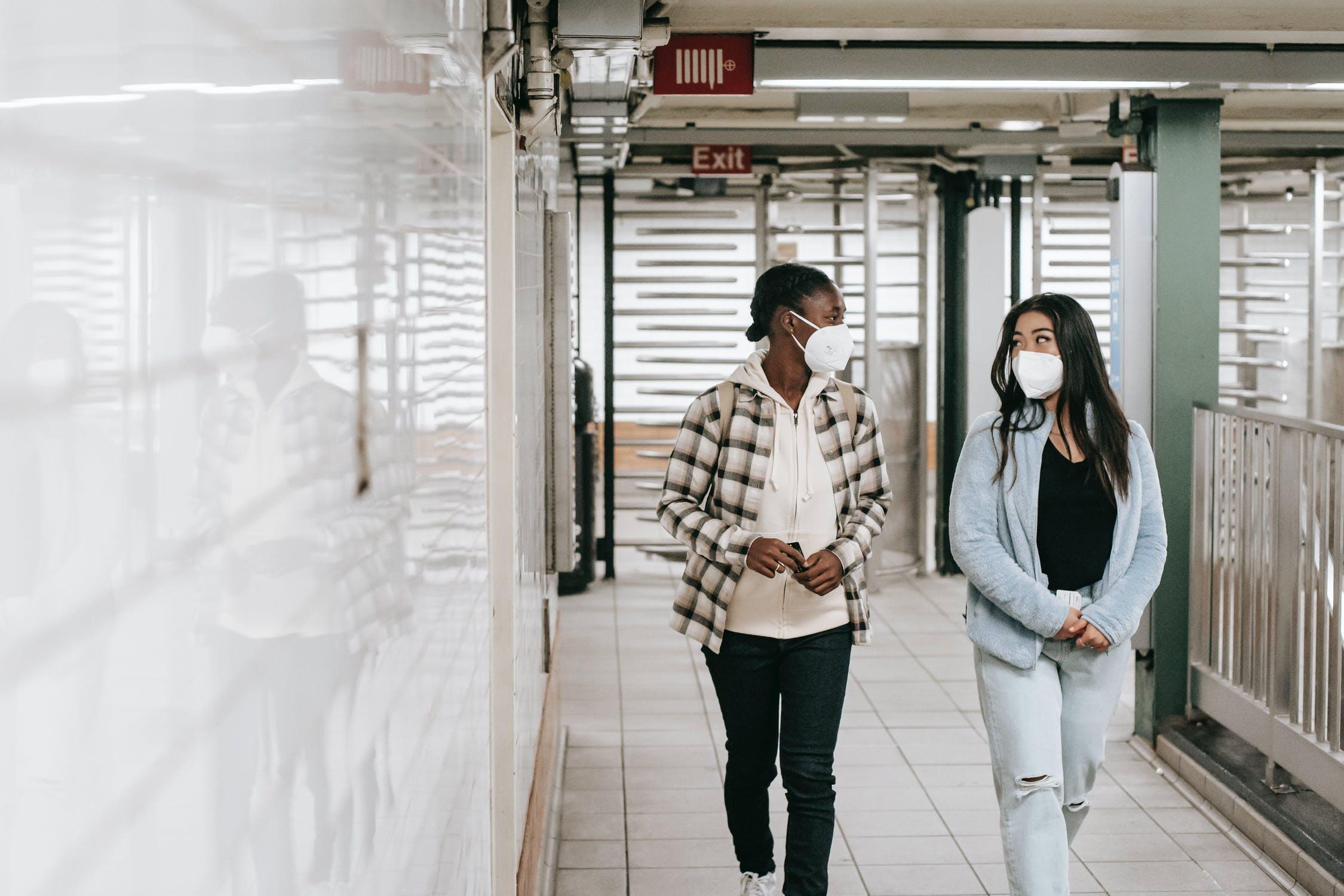Communication during COVID: The Importance (and Lack of) Nonverbals

Living in a pandemic, society adapted and continues that adaptation, navigating a whole new way of living and communicating. Measures like masks and social distancing provide protection; however, they also muffle communication both literally and metaphorically. Alternatives like video calls have a similar effect, inviting distractions and the potential for miscommunication.
You’ve probably had a conversation with someone who keeps losing eye contact or suddenly has an acute interest in every passerby. When you ask if they are still listening, they reply “Yes, of course I am.” Still, it’s pretty clear that they aren’t. While their words promise one thing, their nonverbals tell another. Your eye contact, body language and facial expressions all fall under the category of nonverbal cues — sometimes, like in the example above, these actions communicate more truthfully than our words.
As noted in Sara Lindberg’s article in Verywell Mind, over 90% of communication is nonverbal and, when those cues contradict with what you say, humans tend to believe the nonverbals. In addition, the population of deaf individuals, dementia patients and other groups rely heavily on nonverbal communication. That means your expressions, gestures, eye contact and other cues can make or break a conversation, which makes it more challenging to communicate while masked up.
Still, you can see some nonverbals in action. Psychology Today notes three of importance. As the colloquial windows to the soul, eye expressions say a lot. Gestures like a relaxed posture or crossed arms also convey a lot about a person’s emotional state. Lastly, you can gage people’s engagement by their distraction level during a conversation. Monitoring these three aspects can help you navigate your partner’s nonverbal communication.
Psychology Today also gives three ways you can create a healthy conversation with the new norms.
1. Use positive, supportive gestures.
Using gestures like a thumbs up can convey affability. For example, if your partner says something you agree with, make some sort of gesture that lets the other person know. If a thumbs up is too cumbersome, nod along or voice your agreement.
2. Speak clearly and loudly. Repeat if needed.
Clearly enunciating your words and speaking louder can help counteract the mask muffle. And don’t be afraid to repeat what you’ve said, especially if you’re in a loud space. Even if your conversation partner doesn’t ask for repetition, look to their eye expressions for signs of confusion or understanding.
3. Stay humorous, but avoid sarcasm.
Keeping things light right now probably serves everyone’s best interests. However, sarcasm lends itself to some ambiguity, so try to cut down while your smile hides under a mask.
With the communication barriers caused by COVID, we need to work a bit harder to make sure each person understands us in a conversation. Especially using effective nonverbals, we can ensure that our communication remains as intact as possible.
Kaitlin Merlino ‘23
Photo by Charlotte May from Pexels
https://www.verywellmind.com/communication-adaptation-in-the-time-of-covid-5073146